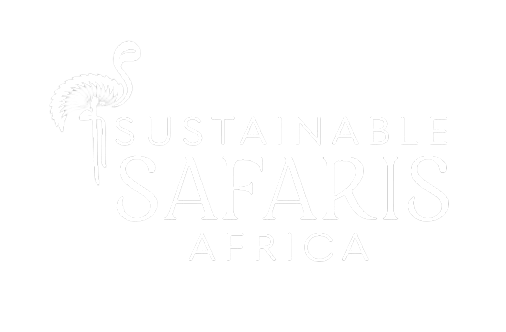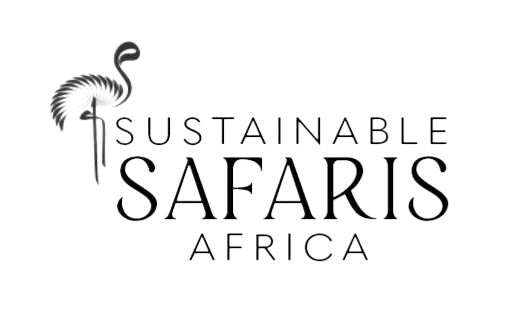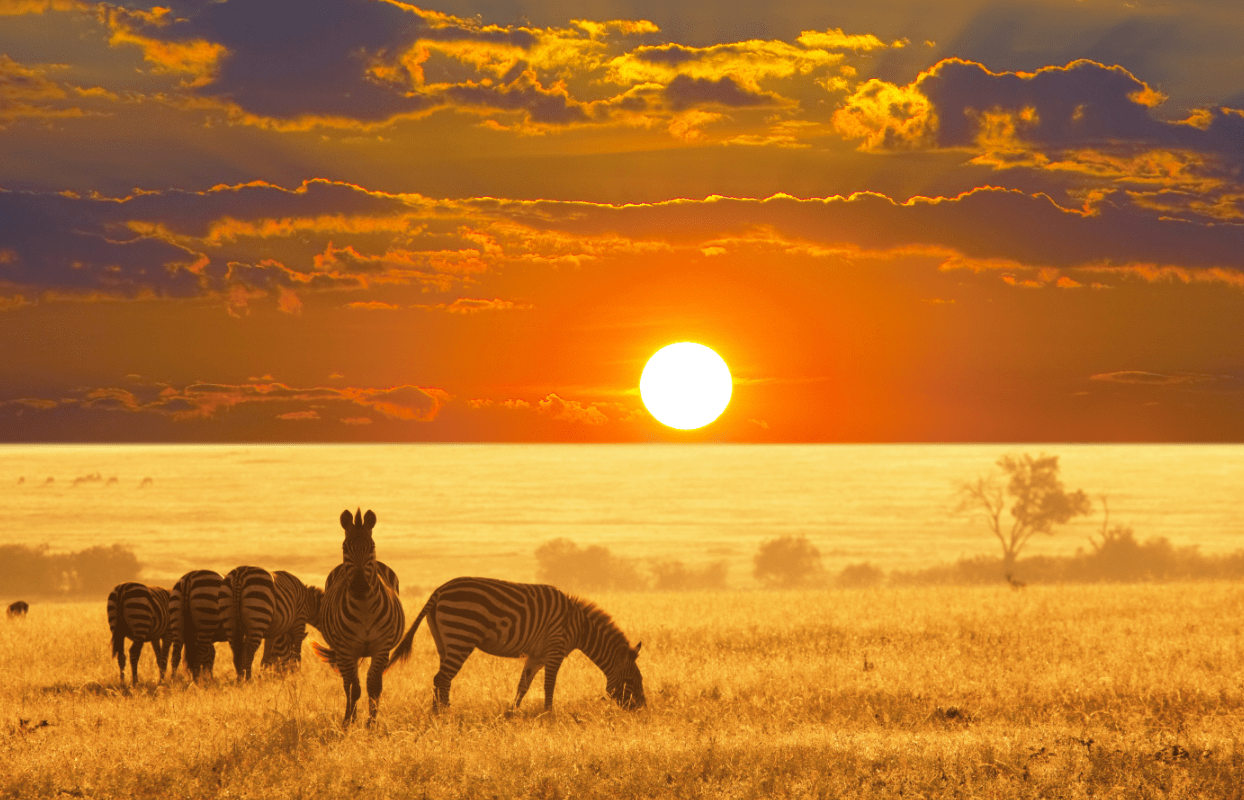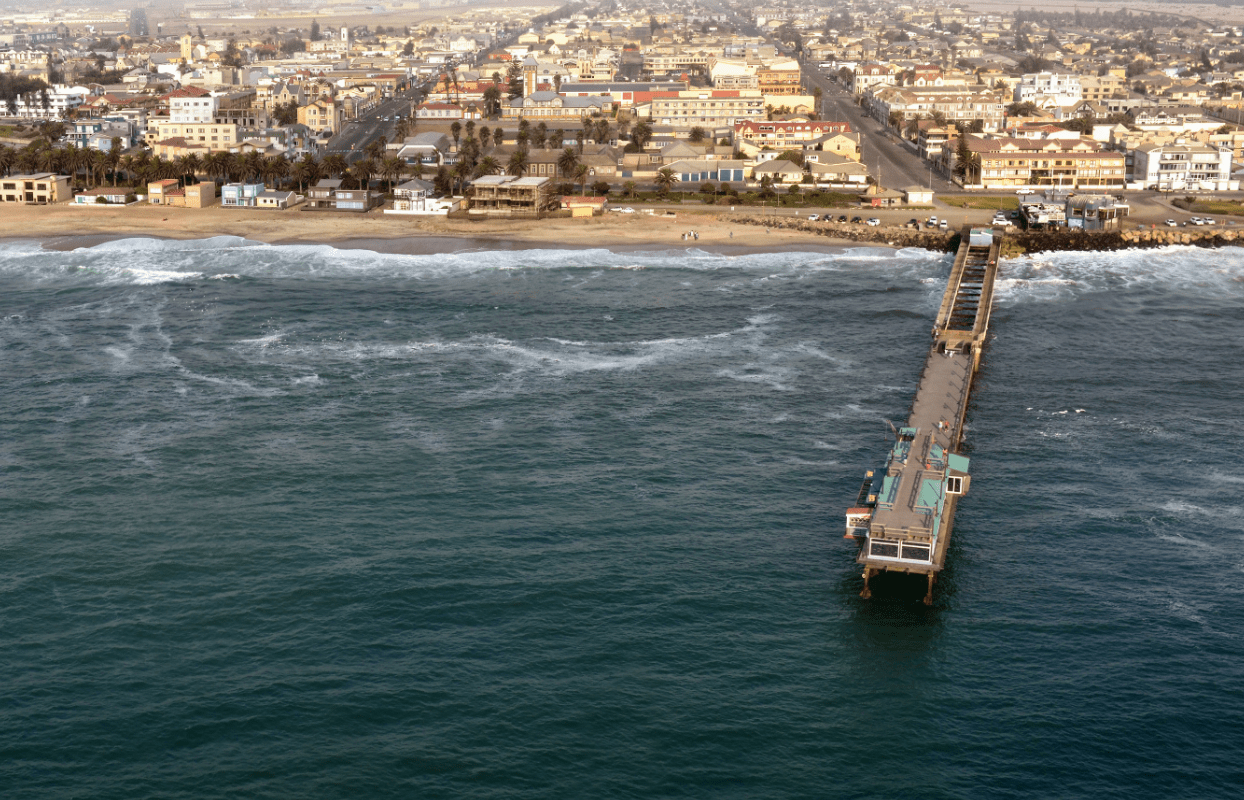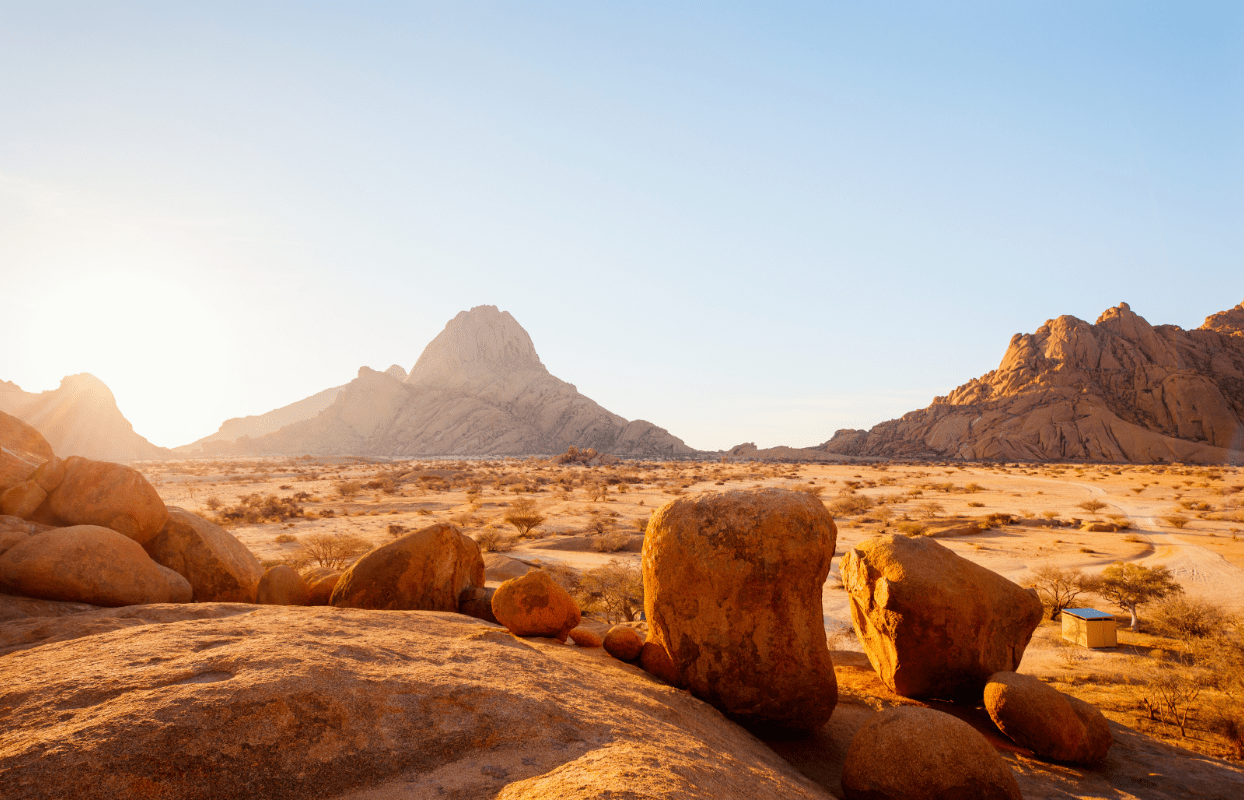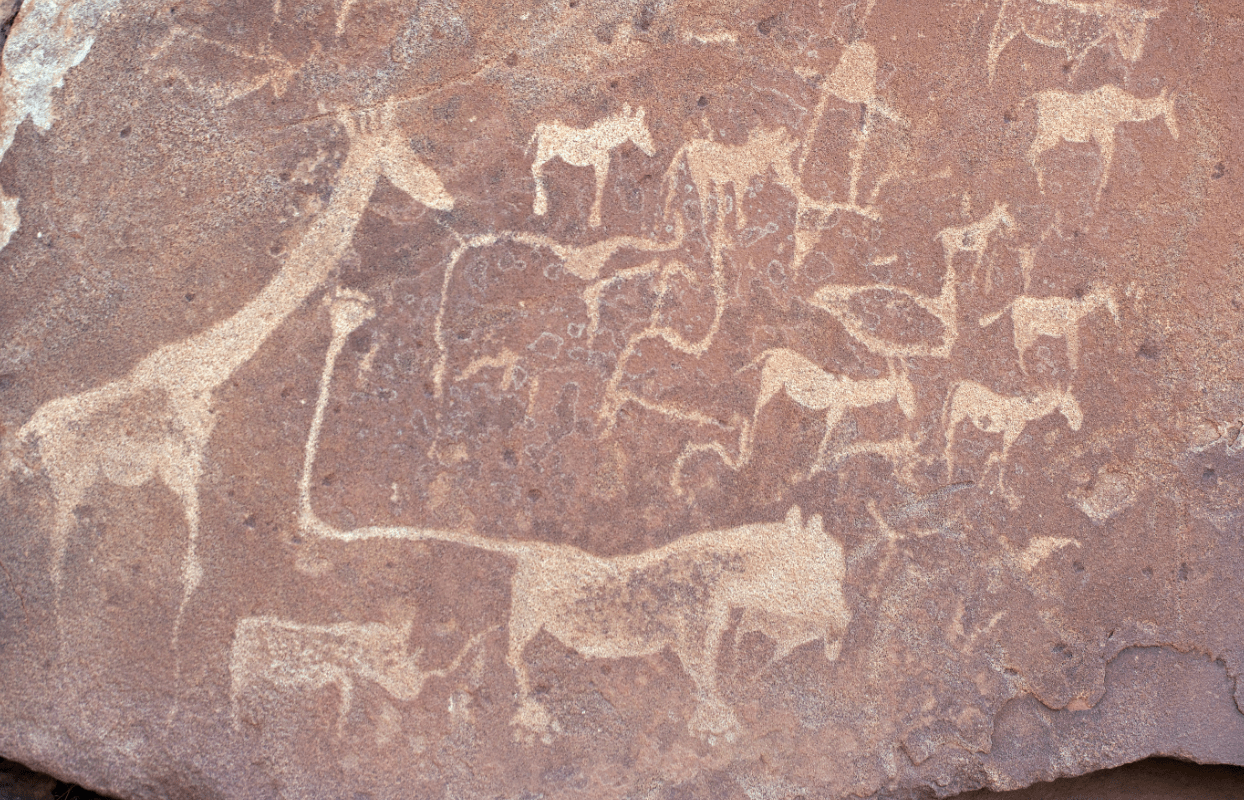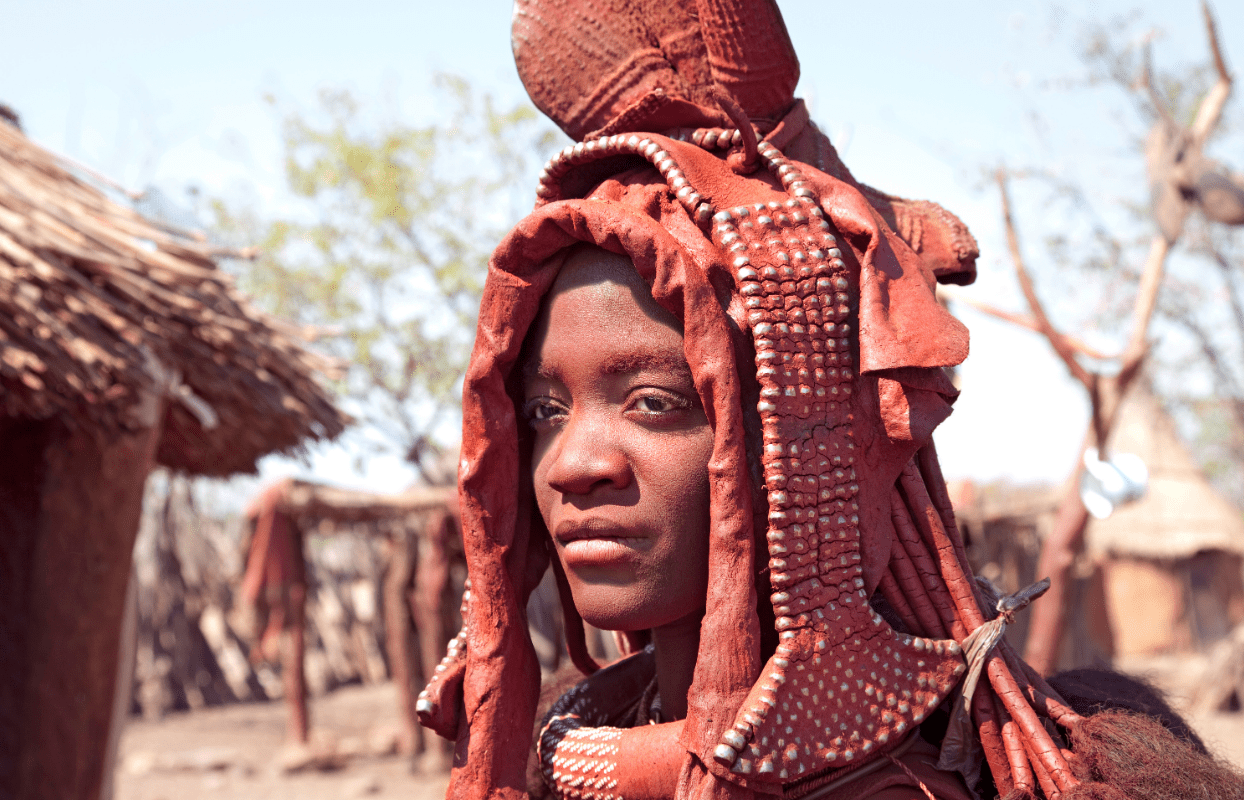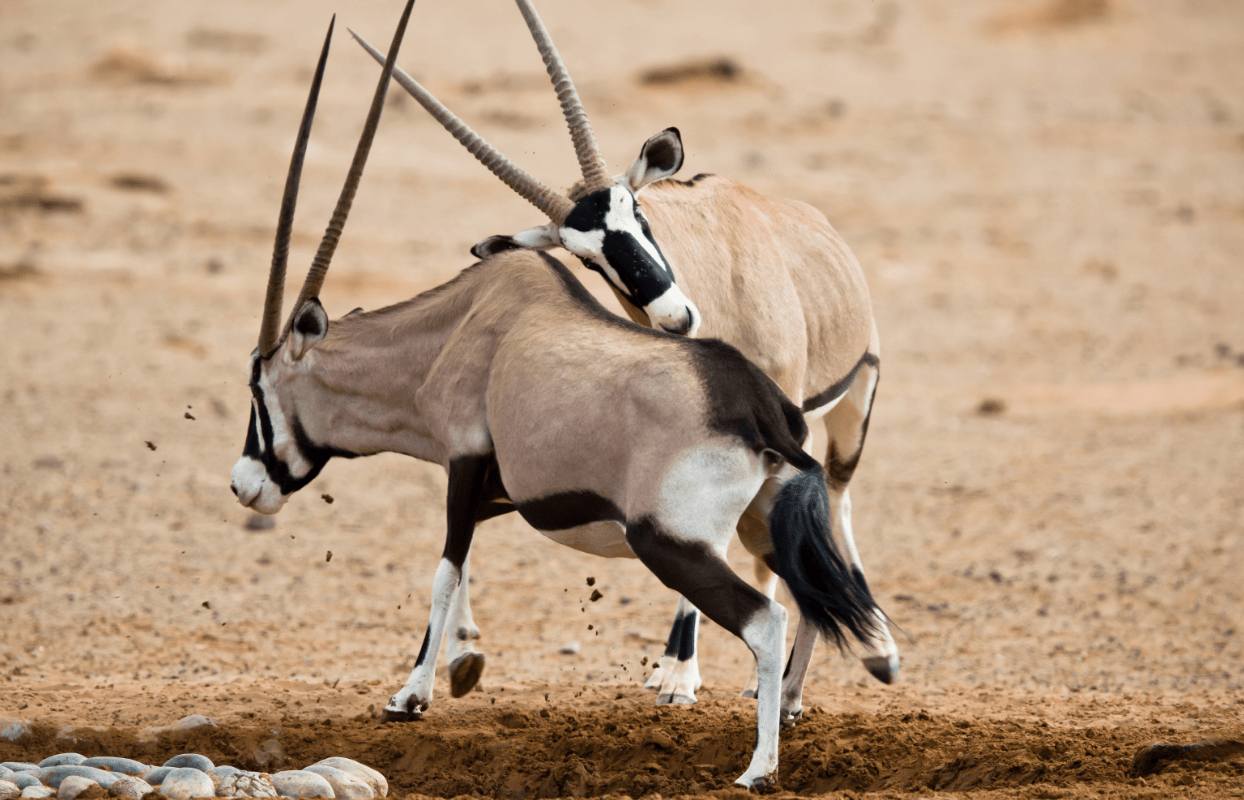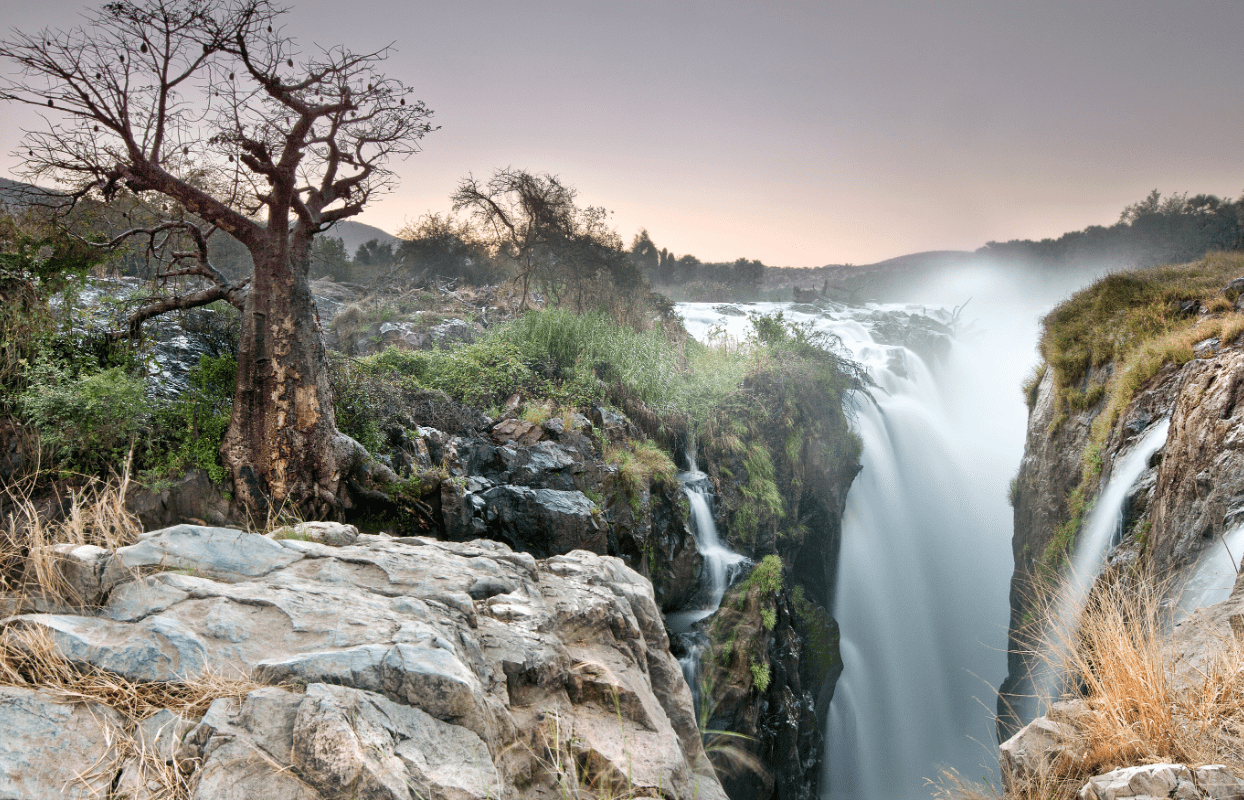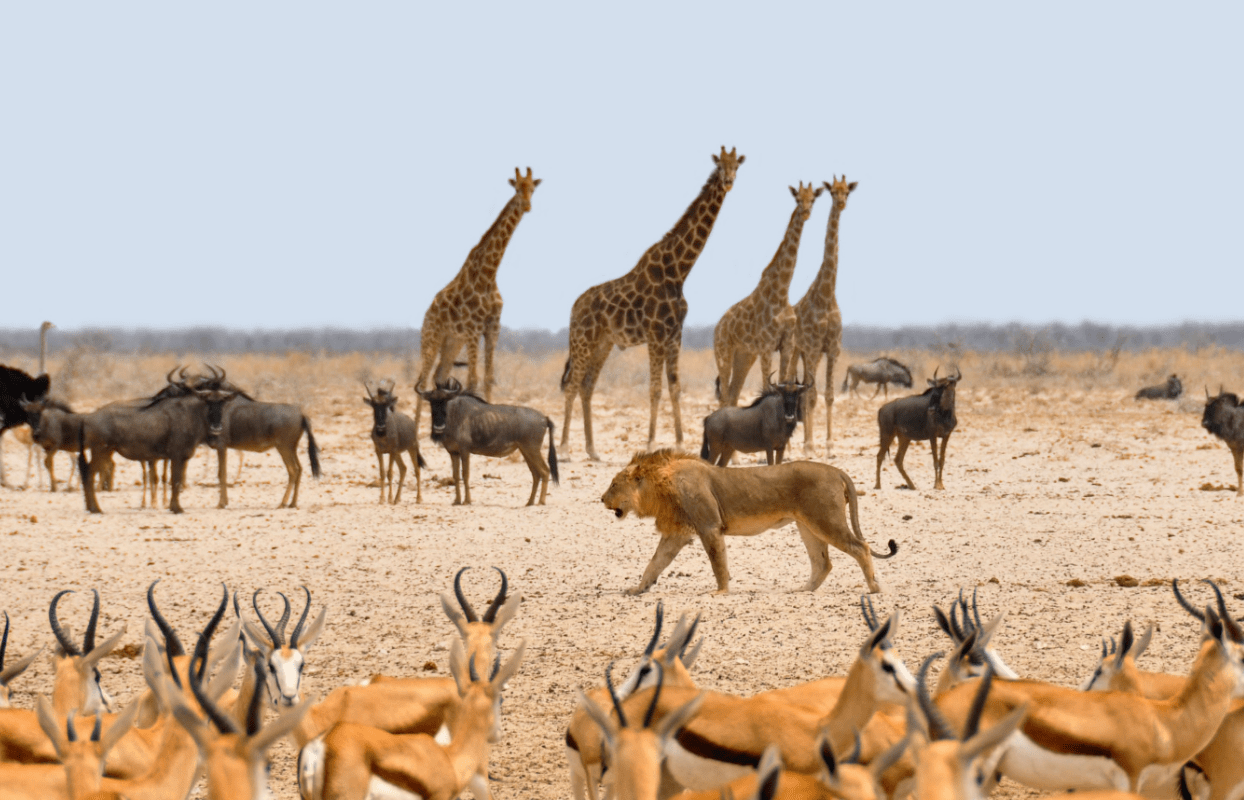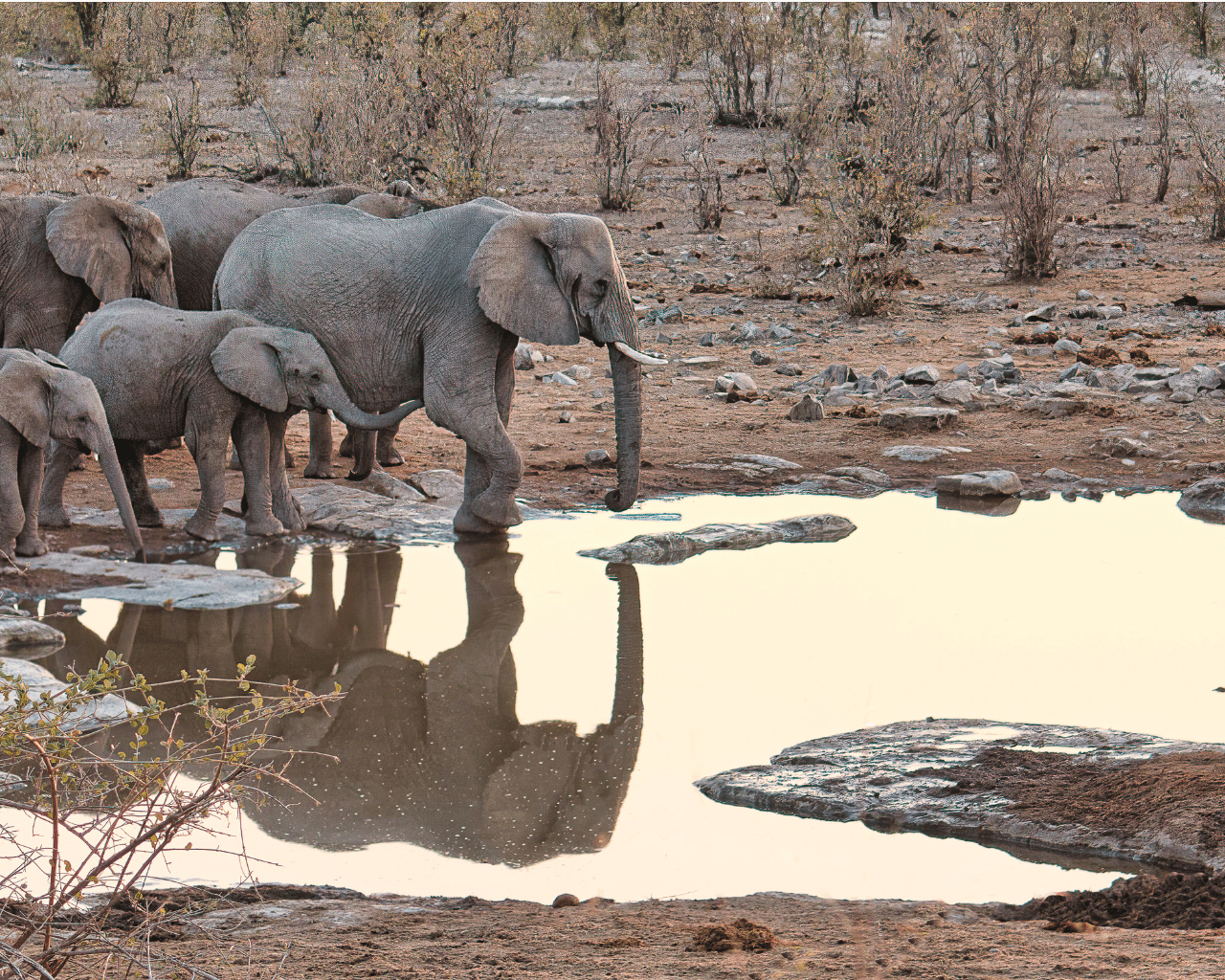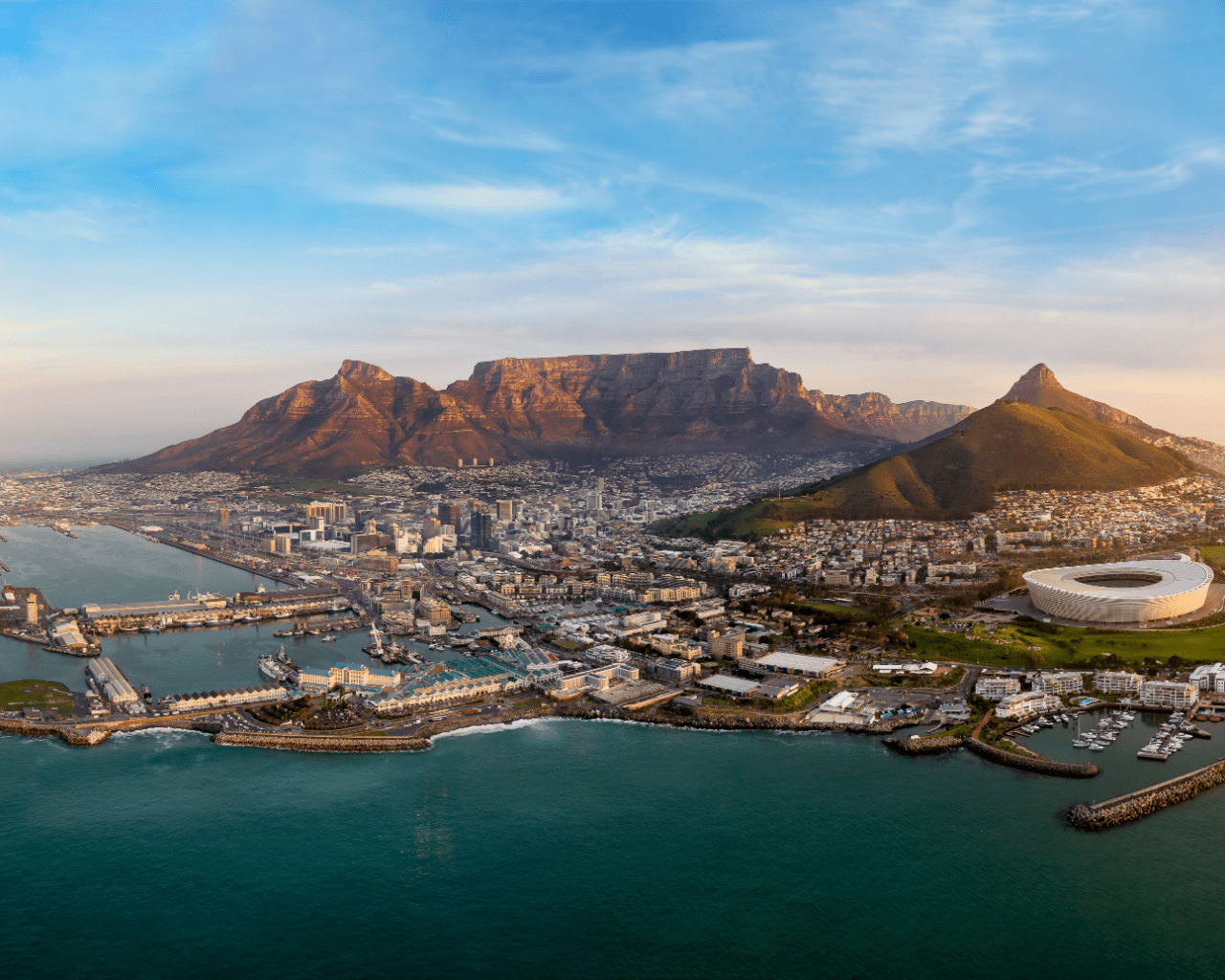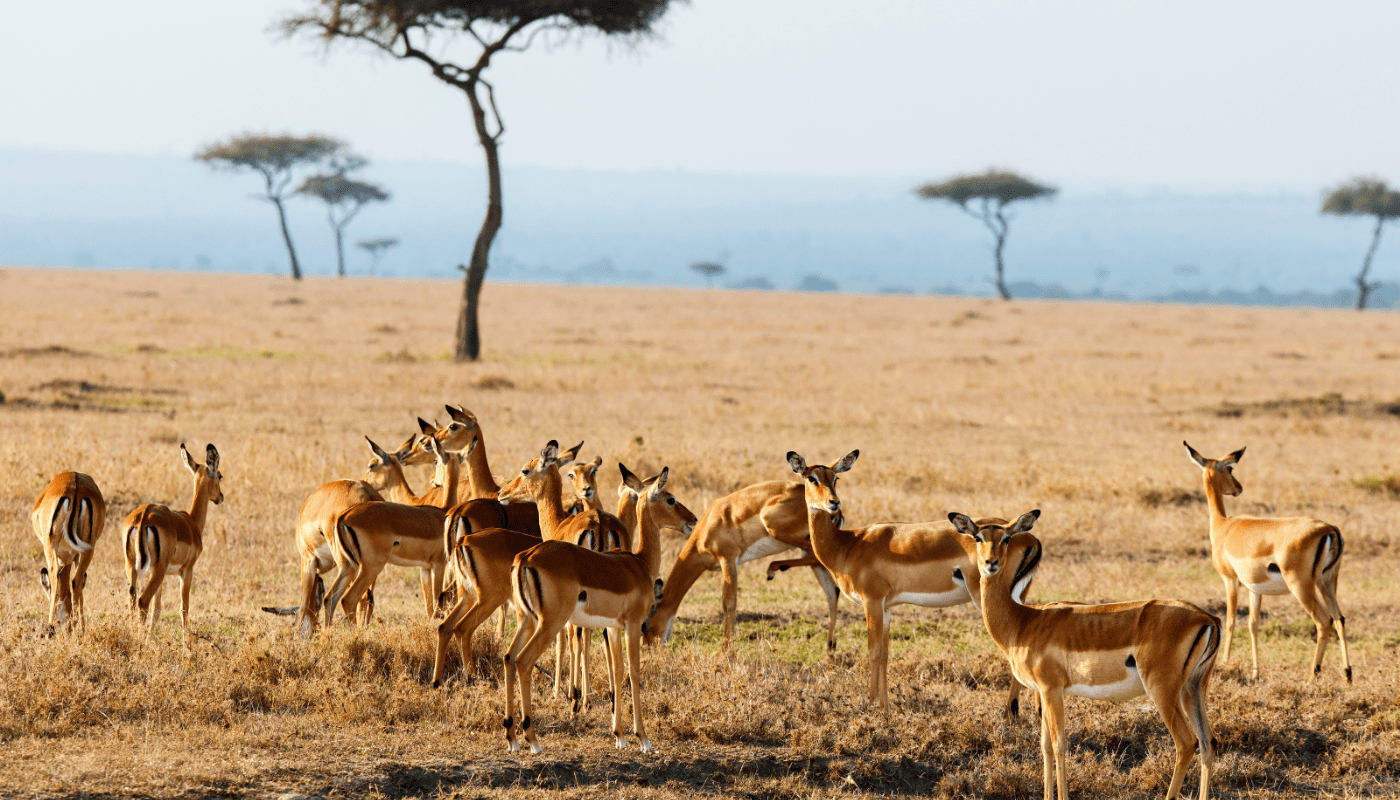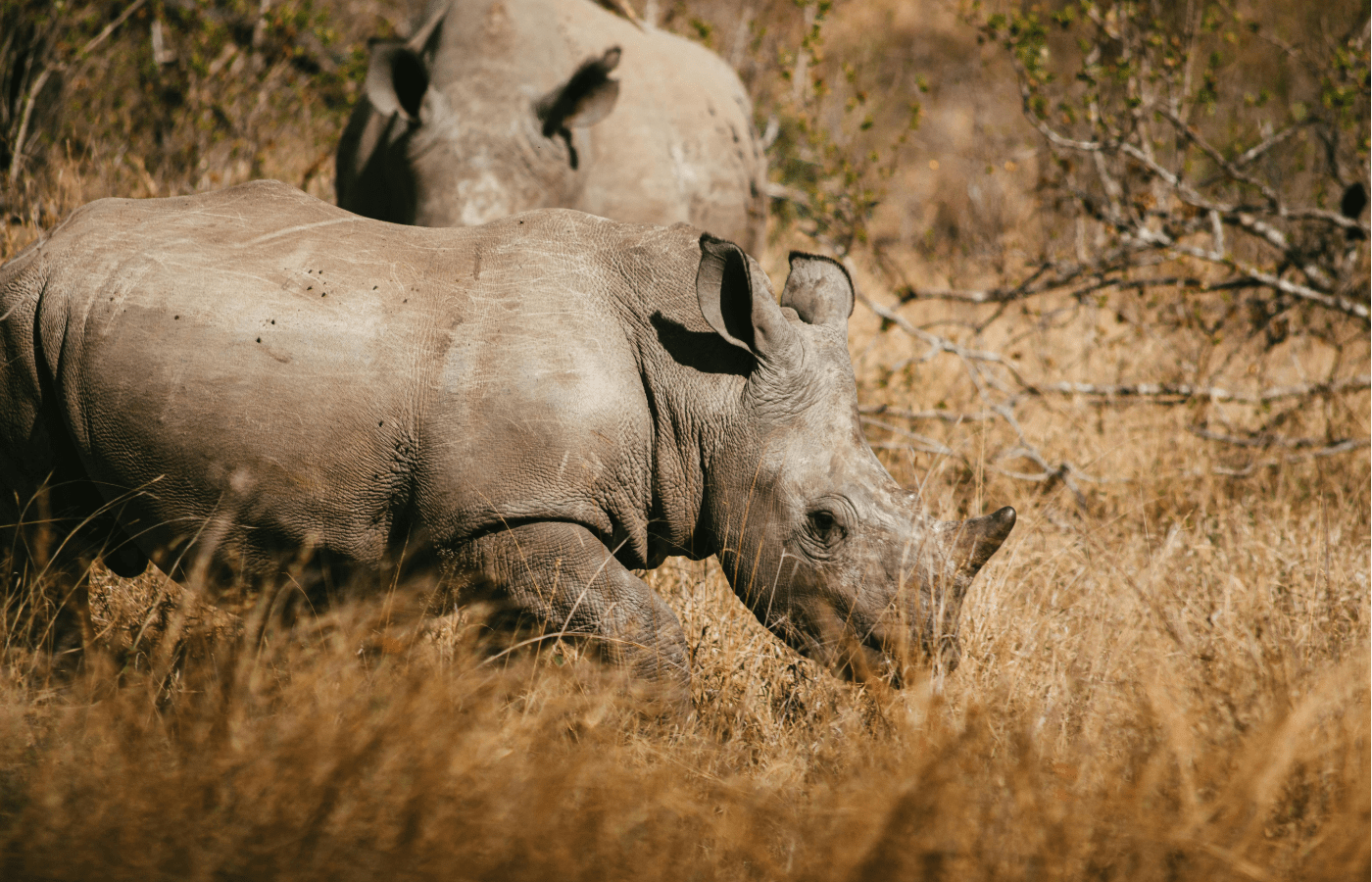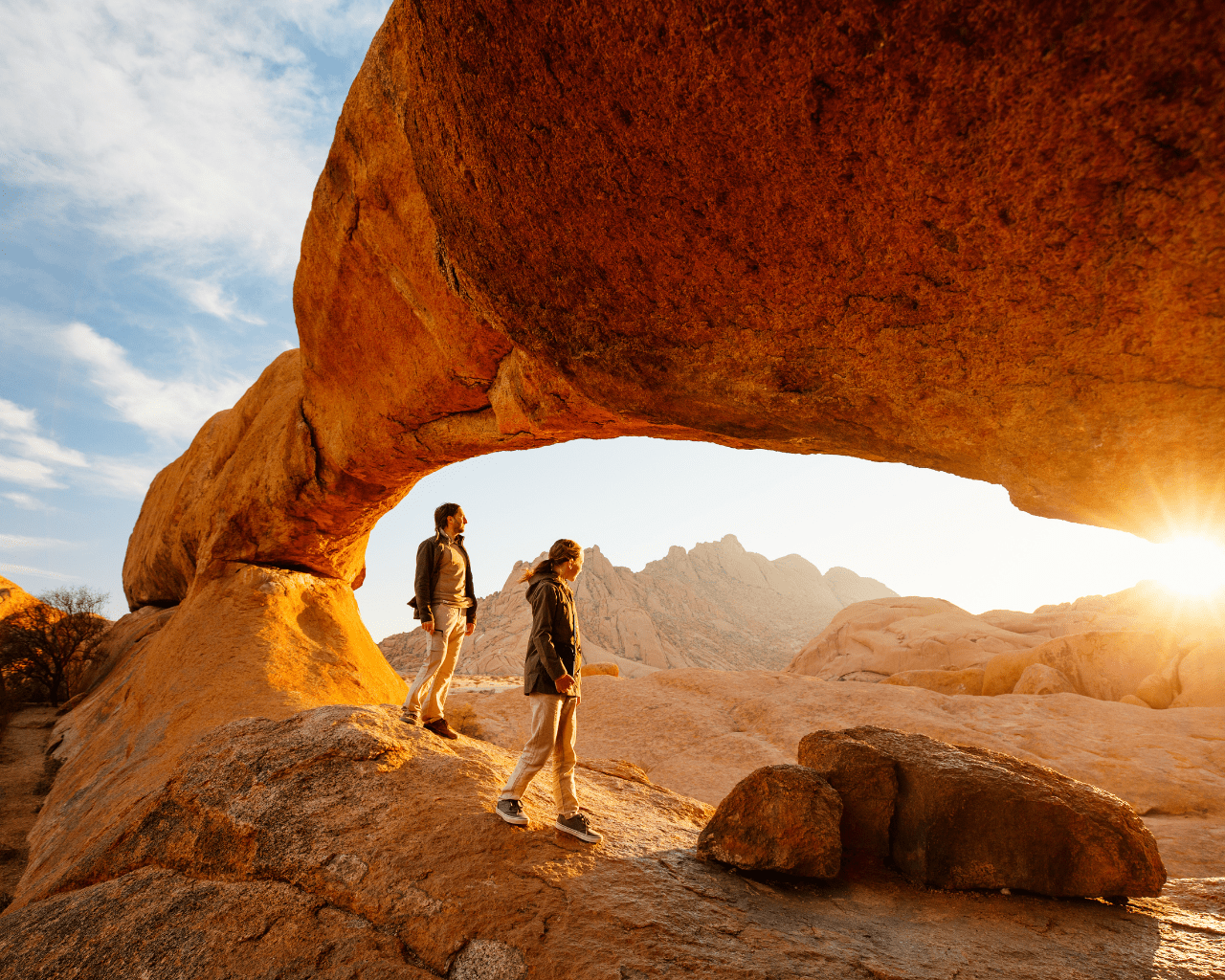
Why you should visit...
Namibia
Few destinations capture the imagination like Namibia, a land of staggering contrasts where the world’s oldest desert collides with the wild Atlantic Ocean. This is a country defined by its vast open spaces, where landscapes stretch endlessly, and horizons shimmer under cobalt skies.
The natural beauty of Namibia is unrivalled. The ochre dunes of Sossusvlei, sculpted by wind into mesmerising forms, offer an unforgettable sunrise spectacle. Further north, the stark Skeleton Coast reveals shipwrecks half-buried in sand and colonies of Cape fur seals braving the Atlantic surf. Inland, Etosha National Park delivers some of Africa’s most dramatic wildlife encounters, with lions, elephants, rhinos, and giraffes gathering around shimmering salt pans.
For travellers seeking independence, Namibia is one of Africa’s best self-drive destinations. Well-maintained roads allow for freedom and discovery, whether you’re navigating the gravel tracks of Damaraland or exploring the lush Zambezi Region. This sense of adventure is paired with safety and ease, making road journeys part of the country’s allure.
The cultural heritage of Namibia is just as compelling. From the Himba people of the north with their ochre-tinted skin and ancient traditions, to the vibrant German-influenced coastal towns of Swakopmund and Lüderitz, the country is a living tapestry of influences. Food lovers will enjoy local dishes like kapana street-grilled meat, while history buffs can trace the colonial past through architecture and museums.
Sustainability is at the heart of Namibia’s tourism model. It was the first African nation to enshrine environmental protection in its constitution, and its community conservancy system empowers local people to manage and benefit from wildlife. By visiting, travellers directly support conservation and communities, making each journey part of a larger story of protection and regeneration.
From desert adventures to cultural discovery and eco-conscious travel, Namibia offers more than a safari. It offers space to breathe, reflect, and reconnect with nature on a grand scale.
Peak Time
Jun - Oct
Best Time To Go
Apr - Nov
Famous For
Namib Desert
Price Per Person Sharing
$250 - $1,500
Home Of
Sossusvlei, Etosha & Skeleton Coast
Safaris that include Namibia
Land of Dunes, Wildlife & Wonder
